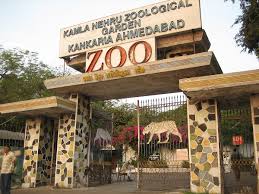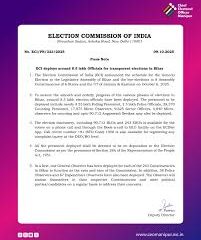Comparing Papua New Guinea and Kuwait: A Detailed Overview

Introduction
The geopolitical landscape of the world is significantly shaped by the diverse characteristics of its nations. Papua New Guinea (PNG) and Kuwait stand as unique examples of this diversity, each with its own cultural, economic, and political identities. This article explores the contrasting landscapes of these two nations, shedding light on their relevance in the current global context.
Overview of Papua New Guinea
Located in Oceania, Papua New Guinea is known for its rich cultural diversity, with over 800 different languages spoken and a mosaic of tribes. Covering a large portion of the island of New Guinea, PNG is abundant in natural resources, particularly in minerals and hydrocarbons. Despite its wealth in resources, the country faces challenges including political instability, infrastructural deficits, and economic difficulties, which hinder its development and overall quality of life for many citizens.
Insights into Kuwait
On the other hand, Kuwait, located in the Middle East, presents a distinct profile characterized by a robust economy heavily reliant on oil exports. With one of the highest per capita incomes in the world, Kuwait has managed to develop a modern infrastructure and maintain a high standard of living for its citizens. However, the country also faces challenges like the need to diversify its economy beyond oil, as fluctuating oil prices can significantly impact its financial stability.
Economic Comparisons
When comparing the economies of PNG and Kuwait, the stark differences become apparent. Kuwait’s economy is primarily driven by its petroleum sector, accounting for over 90% of its revenue. In contrast, PNG’s economy is more diversified but is still largely reliant on agriculture and mineral exports. Additionally, Kuwait’s high GDP per capita contrasts sharply with the lower per capita income observed in Papua New Guinea, highlighting the economic disparities between the two nations.
Cultural Differences
Culturally, Papua New Guinea offers a rich tapestry influenced by its various tribes, each with unique traditions, art, and languages. Conversely, Kuwait’s culture is predominantly Arab and Islamic, with a history steeped in trade and maritime activities. The societal structures and norms in both countries reflect their historical trajectories and have great implications for their internal and external relations.
Conclusion
Understanding the differences and similarities between Papua New Guinea and Kuwait is crucial not only for geopolitical awareness but also for fostering potential collaborative opportunities in various sectors, including trade and cultural exchange. As both nations navigate their respective challenges, the international community can play a vital role in supporting sustainable development initiatives. Future interactions may lead to beneficial partnerships as both countries seek to leverage their unique strengths in a globalized world.









